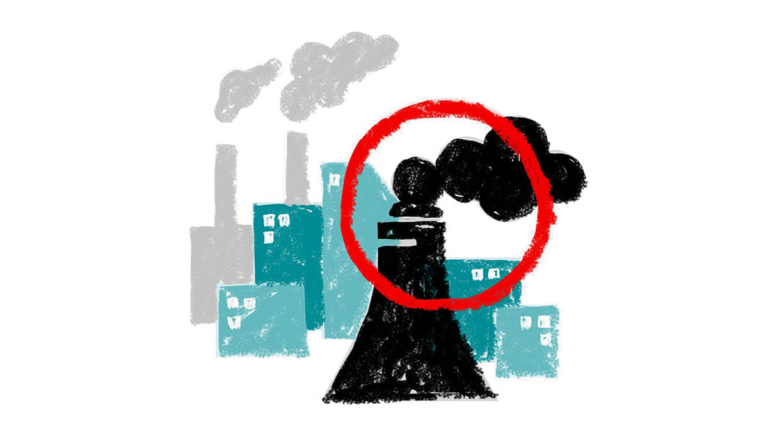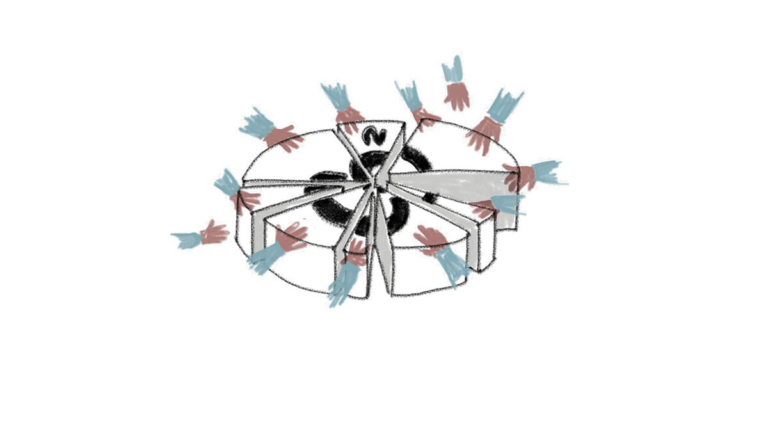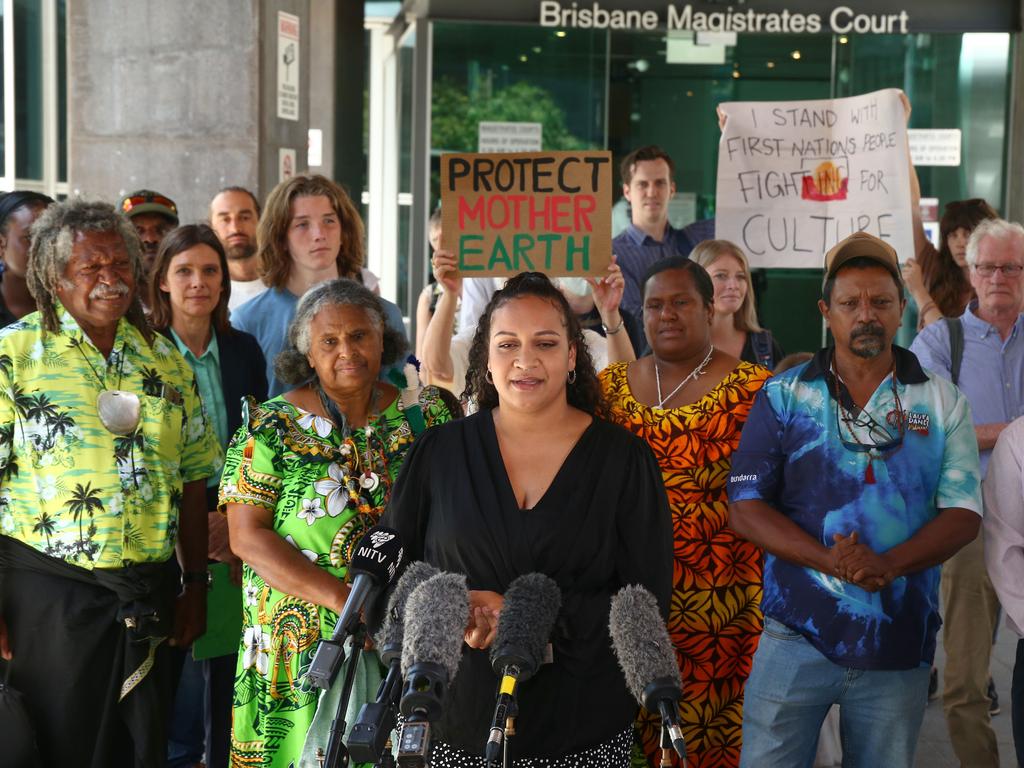Casebook Info
- Year Filed 2020
- Year of Most Recent Ruling 2022
- Year of Final Ruling 2022
- Jurisdiction Australia
- Court Name Land Court of Queensland
- Primary Focus Mitigation
- Ruling On Merits
- Plaintiff(s) NGOs [Youth Verdict, Bimblebox Alliance Inc.] & Individuals
- Respondent(s) Waratah Coal Pty
- Outcome Ruling for the plaintiffs
- Organizational leader of the litigation Environmental Defenders Office (EDO)
- Link to the decision/ruling
Background
Around the world, advocates are challenging plans to open and expand coal mines – plans which fly in the face of the urgent need to keep most fossil fuels in the ground. One such case was filed in 2020 in the Land Court of Queensland.
The case was lodged by Youth Verdict, a First Nations-led group of young people, who asked the Court to consider whether the Chief Executive of the Department of Environment and Science should grant Waratah Coal Pty Ltd’s (Waratah) applications for a mining lease and an environmental authorization (together, the applications) to allow it to mine thermal coal in the Galilee Basin (the mine).
“We are taking this case against Clive Palmer’s Waratah Coal mine because climate change threatens all of our futures. For First Nations peoples, climate change is taking away our connection to Country and robbing us of our cultures which are grounded in our relationship to our homelands. Climate change will prevent us from educating our young people in their responsibilities to protect Country and deny them their birth rights to their cultures, law, lands and waters.”
Youth Verdict co-director and First Nations leader, Murrawah Johnson
The Galilee Basin is a 247,000km2 basin in Western Queensland, near the Great Barrier Reef. It is one of the largest untapped coal reserves on the planet. Waratah proposed carrying out underground mining of two thirds of what is referred to as the “Bimblebox Nature Refuge” – a large, protected area of land owned by a group of ecologically motivated private citizens.
Although the Minister for Resources and Chief Executive will decide the final applications, Waratah’s applications were referred to the Court so that evidence and arguments could be tested through an open and transparent judicial process. This process is provided for under two Australian statutes: the Mineral Resources Act 1989 and the Environmental Protection Act 1994.
The decision, written by the Court’s President (a judge), ultimately recommended to the relevant authorities that the applications be refused. The mine presented unacceptable climate-related risks to human rights, and any claimed economic and social benefits did not outweigh the likely environmental harms.
Relationship between the Mine, Climate Change, and Human Rights
Central to the Court’s assessment was whether the proposed mine would be in the public interest. This turned on the potential impact of the mine on climate change and human rights.
The Court President, Fleur Kingham, emphasized the importance of addressing climate change and drew a direct link between the proposed mine and its impact on climate change. The Court held that the mine would make a “material contribution” to the climate crisis and would diminish Australia’s ability to meet its Paris Agreement targets. The 1.58 gigatons of carbon emissions that would be produced from the mine posed an “unacceptable risk” that “had not been fully accounted for.”
In fact, the Court went one step further, finding that granting the applications would constitute an unjustified limitation on human rights. As such, the importance of preserving the human rights in question outweighed the purpose and benefits of the project. In relation to climate change, the Court held:
“I have found that the following rights of certain groups of people in Queensland would be limited: the right to life, the cultural rights of First Nations peoples, the rights of children, the right to property and to privacy and home, and the right to enjoy human rights equally. Doing the best I can to assess the nature and extent of the limit due to the [mine], I have decided the limit is not demonstrably justified” (at [44]).
Her Honor held that the social and economic benefits claimed by Waratah did not outweigh the human rights implications of the proposed development. The contribution of the mine to the “life-threatening conditions of climate change (and associated economic and social costs)” was “not proportionate to the economic benefit and the supply of thermal coal to Southeast Asia” (at [1486]).
In weighing the impacts of the proposed mine on human rights, Her Honor emphasized the particular impacts of climate change on First Nations peoples. She accepted evidence that climate change would impact Indigenous peoples’ cultural rights and would disproportionately burden their rights.
Her Honor also considered the impact of the mine on the biodiversity of the Bimblebox Nature Refuge. The Bimblebox area was declared a nature refuge in recognition of its significant natural and cultural value. The Bimblebox Nature Refuge is a biodiversity hotspot, home to nearly 700 known species of native plants and animals, including several threatened bird species. The proposed mine would cut across two thirds of the Bimblebox Nature Refuge and would likely cause serious environmental damage. President Kingham accepted that the impacts on the Nature Refuge were “unacceptable” and that the “ecological values of Bimblebox [could be] seriously and possibly irreversible damaged.”
Rejection of Arguments That the Mine Would Not Negatively Impact the Climate
Waratah argued that the mine would not have any negative implications for climate change and that to the extent it might, the Court should not take any potential future emissions into account. Waratah argued that those emissions:
a) are too uncertain to be taken into account; and
b) are not sufficiently related to the mine and applications themselves, being caused by other parties eventually burning the coal.
The Court rejected these arguments. The President considered that there was sufficient scientific certainty on the relationship between greenhouse gas emissions and temperature increases for that evidence to be taken into account. The estimated emissions from the project would make a “material contribution” to the remaining carbon budgets required for Australia to meet its Paris Agreement goals. Even though it was not possible to specifically attribute the role of the proposed mine to specific climate change impacts, that did “not provide a complete answer” to the challenge ([634]-[[635]).
Waratah also argued that approving the mine would have a positive impact on climate emissions as the coal produced at this mine would displace other lower quality coal with higher emissions (sometimes known as the ‘market substitution argument’). These arguments were not accepted by the Court:
“Waratah says approving the mine will make no difference to total emissions, because it will displace other lower quality coal with higher GHG emissions. I reject that submission, as well as its submissions that there will be a beneficial climate outcome if the Project is approved and an adverse climate outcome if it is not. Although the Project coal might displace other supply in its market, that is most likely to be other high rank coal, with similar GHG emissions.”
This is significant, as previous Land Court decisions on other mines over the last decade had accepted market substitution arguments. Rather, the Court found that the mine would make a “material contribution” to Australia’s carbon budget under the Paris Agreement.
The Court also rejected Waratah’s argument that it should not take the emissions resulting from the eventual burning of coal by third parties into account when determining the likely impact of the mine. The Court held that “granting permission to mine the coal cannot be logically separated from the coal being used to generate electricity” (at [25]). The emissions caused by burning coal mined from the Galilee Basin would contribute to environmental harm and therefore was relevant to the principles of ecologically sustainable development and whether the applications were in the public interest.
- 1.58 gigatons The amount of carbon dioxide emissions that would result from the mine
- 700 The number of known plant and animal species in the Bimblebox Nature Refuge
- 66% The percentage of the Bimblebox Nature Refuge that the mine would cut across
Strategies
Challenging a fossil fuel project

The petitioners opposed the granting of a mining application and the environmental authorization required to approve a large thermal coal mine project in Queensland, Australia.
Centering rights

Central to the Court’s decision was the link between human rights and climate change. It was the first Australian case where a coal mine has been successfully challenged on human rights grounds.
Moreover, one of the most interesting aspects of this case is that the hearing began with First Nations peoples in Gimuy/Cairns and the Torres Strait islands of Erub and Poruma giving evidence. As part of the hearing, the Court travelled to the traditional lands of the First Nations witnesses to hear first-hand how climate change was impacting their lives. In her decision, President Kingham relied on this evidence and accepted that First Nations peoples will be disproportionately affected by climate change. President Kingham held that climate change will have a “profound impact on cultural rights” and, for those who will be displaced from their land, it “risks the survival of their culture” (at [1565]).
Focusing on youth and future generations

The case was brought by a group of young First Nations activists. The impact of climate change on future generations formed a central part of the case, with President Kingham noting that “the intergenerational impact of climate change risks makes the rights of children paramount” ([1603]). As President Kingham noted:
“The intergenerational aspects are a key consideration… Future generations will not have the same freedom that we have had, because their options for avoiding dangerous climate change will have been restricted” (at [1651]).
Using a carbon budget

Scientific evidence is an increasingly important aspect of progressive climate change decisions. This was evident in the Waratah case. A key part of the Court’s reasoning on the impact of the proposed mine on climate change was evidence related to the carbon budgets required to keep the global temperature increase to under 1.5°C – the Paris Agreement goal. The Court used carbon budgets as one tool for assessing the significance and impact of the proposed mine on carbon emissions (at [30] and [779]).
The Court noted that current carbon budget calculations indicate that, at the current rate of global emissions, the remaining global carbon budget to keep the global temperature increase to the 1.5°C goal will be exhausted in eight years. However, this calculation did not take into account emissions from combusting coal from the proposed mine. So the Court held that the additional emissions which would likely result from the mine would make a “material contribution to the remaining carbon budgets that meet the Paris Agreement goals” ([31]).
Impacts
This case marks a significant turn in climate litigation in Queensland. Prior to this case, the Land Court had recommended in 2012, 2013, and 2015 that applications for three mines in Queensland be approved – despite extensive, undisputed evidence of the climate change impacts of those mines.
In particular, the ‘market substitution argument’ had been an entrenched and widely accepted argument in previous Australian case law. The Court’s rejection of this argument opens the door for future challenges to proposed mines based on their climate change and human rights impacts.
This was also the first case that a court heard evidence from First Nations people in accordance with their traditional cultural protocols.
It is also a strong example of Australian courts adopting rights-based arguments in climate change litigation.

